Do you feel that tug of curiosity to delve into the exhilarating world of hiking, but find it just a little bit daunting? You’re not alone. In fact, nearly 44 million Americans blaze through trails each year, so starting from scratch can appear overwhelming.
But hey, no worries! I’ve delved deep into this topic and braved many hills and mountains myself to gather seven crucial tips for rookie hikers like you. These will guide your path into becoming confident on those glorious trails.
So are you ready for an adventurous walk on the wild side? Let’s effortlessly thrust ourselves right in!
Key Takeaways
- Assess your fitness level before starting hiking to ensure you are physically ready for the trails.
- Choose a beginner – friendly trail that matches your fitness level and experience, and familiarize yourself with the trail map.
- Get the right gear, including suitable footwear and essential equipment like a backpack, water bottle, sunscreen, map or compass, whistle, flashlight or headlamp.
- Train for hiking by gradually increasing your endurance through regular exercise and start with shorter hikes before progressing to longer ones.
Assessing Your Fitness Level
Let’s start your hiking journey with knowing how fit you are. It is crucial to know this before hitting the trails. You need to look at your strength, flexibility, and stamina. These play a vital role in hiking.
Firstly, test how long you can walk without getting tired. This tells about your endurance level. Secondly, try some simple exercises like jumping jacks or push-ups for strength checkup.
Lastly, see how much weight you can lift without straining yourself too much. If these exercises seem hard for you then it’s time to get into shape before going for a hike.
Note that being more fit will make hiking easier and safer for you!
Choosing the Right Trail
When it comes to choosing the right trail, take the time to get familiar with the trail map and make sure to pick a beginner-friendly route that matches your fitness level.
Getting familiar with the trail map
Looking at the trail map is a key step. It shows the whole hiking route. This map tells you where to go and what paths to take. You can see key points along your hike too.
Next, learn about the features of each path on your map. Some trails are smooth and flat. Others may be steep and rough. Use this info to pick a path that suits you best.
Picking the right beginner-friendly trail
Think about your fitness level before you choose a trail. Pick a route that fits well with your skills. A short, flat path is perfect for beginners. As you get better at hiking, harder paths can be tried.
The length and height of the trail matters too. Choose trails with fewer steep parts if you are new to this. Always check maps and brochures before you go out on a hike. They have a lot of useful information about the trail’s size and what it looks like.
At first, make sure to pick trails that have parking nearby and bathrooms as well!
A Comprehensive Guide on Beginner Hiking Tips
If you’re a beginner hiker, it’s important to have a comprehensive guide with tips to help you get started. Hiking can be a fun and rewarding activity, but it’s essential to make responsible decisions and stay safe on the trail.
Here are some smart hiking strategies that will help you enjoy your hike while staying well-prepared.
First, choose beginner-friendly trails that match your fitness level and experience. Familiarize yourself with trail maps and pick routes that are suitable for beginners. It’s also important to consider the season and terrain when selecting a trail – avoid unsafe or challenging routes until you gain more experience.
Next, make sure you have the right gear for hiking. Select footwear that provides good traction and support for your feet. Pack essential equipment such as a backpack, water bottle, sunscreen, hat, insect repellent, map or compass, whistle, flashlight or headlamp, extra layers of clothing in case of weather changes or emergencies.
Before hitting the trail, train your body by gradually increasing your endurance through regular exercise like walking or climbing stairs. This will prepare your muscles for the physical demands of hiking.
While on the trail, listen to your own body – take breaks when needed and maintain hydration by drinking plenty of water throughout the hike. Also be mindful of trail etiquette – yield to uphill hikers and minimize noise so as not to disturb others enjoying nature.
When packing essentials like food and water make sure they are lightweight but nutritious enough to keep up energy levels during long hikes making sure not getting lost by following marked trails properly without venturing off into unfamiliar areas
Remember that mental preparation is just as important as physical readiness when embarking on a hike- mentally visualize reaching each milestone alongsiding picturing yourself at every checkpoint encouraged oneself only taking one step at time rather than overwhelming journey ahead
Getting the Right Gear
To ensure a comfortable and successful hiking experience, it’s crucial to have the right gear. From selecting the perfect footwear to packing essential equipment, this section will provide you with all the tips and advice you need.
Don’t miss out on these beginner-friendly recommendations!
Selecting the right footwear
When hiking, it’s important to choose the right footwear. Here are some tips for selecting the best shoes:
- Consider the terrain: Think about the type of terrain you’ll be hiking on. Are you going to be on rocky trails or smooth paths? This will help determine the level of support and grip you need in your shoes.
- Look for proper fit: Proper fit is crucial for comfortable hiking. Make sure there is enough room in the toe box so your toes can wiggle freely. Your heel should also fit snugly without slipping.
- Choose the right style: Hiking shoes come in different styles, such as trail shoes and trekking shoes. Trail shoes are lighter and more flexible, while trekking shoes provide more support and durability. Consider which style suits your needs.
- Check the materials: Hiking shoes are often made of synthetic or leather materials. Synthetic materials are lightweight and quick-drying, while leather offers more durability and protection from the elements.
- Test them out: Before buying hiking shoes, try them on and walk around in them to see how they feel. Pay attention to any pressure points or discomfort.
Packing the right equipment
When preparing for a hike, it’s important to pack the right equipment. Here are some essentials that you should have:
- Appropriate hiking clothing: Choose synthetic fabrics that wick away moisture and avoid wearing cotton, as it can make you feel cold and wet.
- Outdoor gear essentials: Include navigation tools like a map or compass, as well as a headlamp or flashlight for when it gets dark.
- Sunscreen or sun protection: Protect your skin from harmful UV rays by applying sunscreen and wearing a hat or sunglasses.
- First aid kit: Be prepared for any injuries with a basic first aid kit that includes bandages, disinfectant, and pain relievers.
- Multitool or pocket knife: These tools can come in handy for various tasks on the trail, such as cutting rope or opening food packages.
- Firestarting materials: Carry items like matches or a lighter to start a fire for warmth or cooking purposes.
- Emergency shelter or tarp: In case of unexpected weather conditions or getting lost, having a lightweight emergency shelter can provide temporary protection.
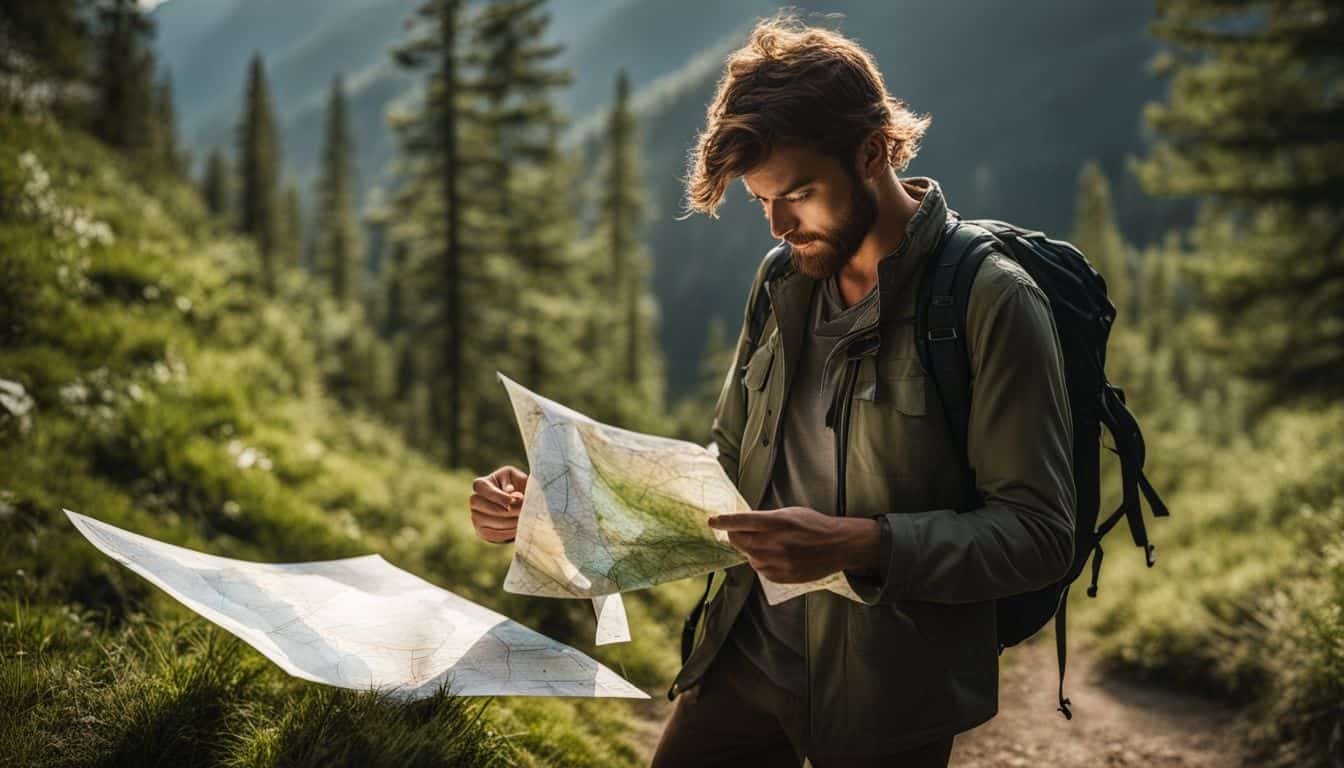
Training for Hiking
Training for hiking is an important step for beginners to improve their fitness and endurance. To start, it’s best to begin with shorter hikes under 5 miles and with minimal climbing.
As you progress, gradually increase both the distance and difficulty of your hikes. You can create a training plan in advance to help you stay on track and set goals for yourself. In terms of preparation, hiking shorter local trails is a great way to train for longer hikes, but incorporating gym time can also help improve stability and strength.
Training for hiking not only benefits your physical health but also provides mental wellness benefits as well. So lace up those shoes, hit the trails, and enjoy the journey!
Being Smart on the Trail
Stay alert and listen to your body’s signals, follow trail etiquette, prioritize your health, and always stay on the path to avoid getting lost.
Listening to your own body
Listening to your own body is incredibly important when hiking. It allows you to understand what your body needs and helps prevent injuries. Pay attention to any pain, discomfort, or fatigue you may feel while on the trail.
If something doesn’t feel right, it’s crucial to listen and address it as soon as possible. By being aware of how your body is responding, you can make smart decisions about pacing yourself and taking breaks when needed.
Remember that each hiker is unique, so what works for someone else may not work for you. Trusting your instincts and being in tune with your body will enhance both the safety and enjoyment of your hike.
Knowing trail etiquette
Knowing trail etiquette is essential for beginner hikers like myself. It’s important to understand the protocols and hierarchy on the trail. When I’m hiking, I make sure to introduce myself to fellow hikers so they know I’m there.
Additionally, it’s crucial to follow the designated trail paths. This helps preserve the natural beauty of the surroundings and protects the environment. I always try to be considerate of other hikers by practicing proper trail conduct and observing any customs that may exist.
Showing respect for others on the trail is a key part of enjoying a safe and pleasant hiking experience.
Staying healthy
Staying healthy is important when you go hiking. It’s good for your body and mind. Hiking helps you stay fit and reduces stress. Make sure to bring enough food and water on your hike.
This will keep you energized and hydrated throughout the day. Also, be aware of any potential risks like wildlife encounters or changing weather conditions. Stay safe by packing a first aid kit and knowing basic first aid skills.
Being physically prepared is also key, so make sure to train and stretch before your hike. Taking care of yourself while hiking will ensure a great adventure!
Not getting lost
Staying on the trail is super important to avoid getting lost while hiking. It’s crucial to have good backcountry navigation skills so you can find your way if you do get off track.
A helpful tip for avoiding getting lost in the woods is to always stay on marked trails. These trails are usually well-maintained and have clear signs or markers that will guide you in the right direction.
So, make sure you pay attention to those trail markers and stick to the path!
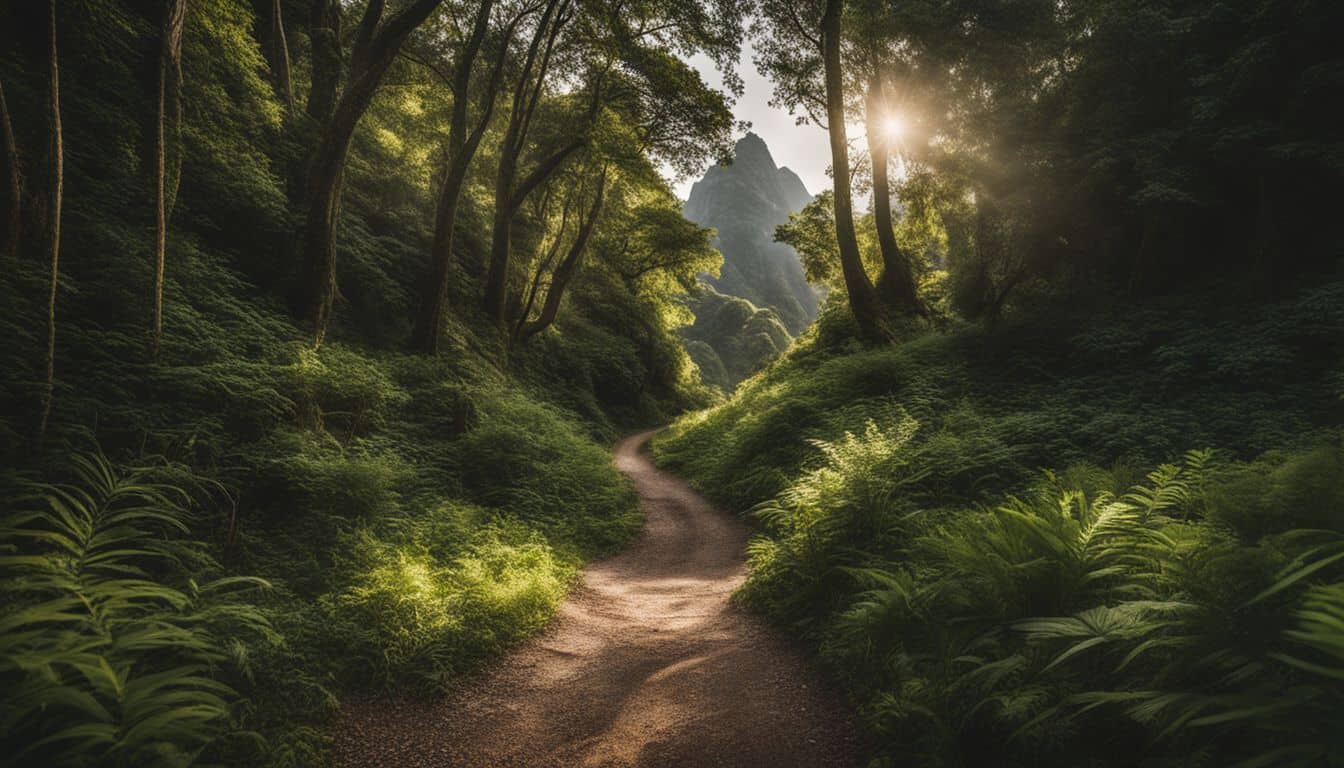
Packing the Essentials
When packing for a hike, don’t forget the essentials! From food and water to extra clothing and emergency supplies, being prepared is key to a successful hiking experience. Don’t miss out on these crucial tips for packing your gear – read more to find out how you can stay safe and well-equipped on the trail.
Food and water
When going hiking, it’s important to pack the right amount of food and water. You want to make sure you have enough sustenance to keep you energized throughout the hike. Pack nutrient-rich snacks like energy bars, trail mix, or portable fruits that are lightweight and easy to carry.
It’s also crucial to bring enough water to stay hydrated during the hike. Dehydration can be dangerous, so having a hydration pack or extra bottles of water is essential. Remember to bring at least two meals and plenty of snacks in case the hike takes longer than expected.
Packing the right amount of food and water will ensure a safe and enjoyable hiking experience without worrying about running out of nourishment or getting dehydrated.
Extra clothing
It’s always a good idea to pack extra clothing when going on a hike. Weather conditions can change unexpectedly, so you want to be prepared. I recommend bringing a fleece jacket, a full set of baselayers, and an extra pair of hiking socks.
Dressing in layers is important because it allows you to adjust your clothing according to the weather and your activity level. Don’t forget to bring a sun hat for protection from the sun and to keep warm in colder temperatures.
It’s also a good idea to wear tall socks for extra comfort and protection during your hike. Being prepared with extra clothing will ensure that you stay comfortable throughout your hiking adventure.
First Aid Kit
A first aid kit is really important when you go hiking. It has all the things you need to take care of any injuries or illnesses that might happen on the trail. You can buy a prepackaged kit that already has everything you need, or you can put one together yourself.
Some important things to have in your first aid kit are antiseptic wipes, bandages, gauze pads, medical tape, and moleskin for blisters. Make sure your kit also has sterile dressings, adhesive tape, compression bandages, different types of plasters, and other supplies to treat injuries or sickness.
The size of your group and how long your hike will be should help determine how big of a first aid kit you should bring with you.
Emergency supplies
Emergency supplies are essential for every hike. It is important to be prepared for any unexpected situations that may arise. Here is a list of emergency supplies that you should always have with you:
- The Ten Essentials: These are the ten items recommended by the American Hiking Society for every hiker to have in their pack. They include navigation tools, sun protection, insulation, illumination, first aid supplies, fire starters, repair kits, nutrition, hydration, and emergency shelter.
- First Aid Kit: Make sure to have a well-stocked first aid kit that includes band-aids, adhesive tape, gauze pads, antiseptic ointment, pain relievers, tweezers, and any necessary personal medications.
- Emergency Blanket: An emergency blanket can provide warmth and shelter in case of cold weather or unexpected overnight stays on the trail.
- Whistle: A whistle can be used to signal for help if you are lost or in an emergency situation.
- Multi-tool: A multi-tool with a knife, pliers, screwdriver, and other tools can come in handy for various situations on the trail.
- Extra Food and Water: Always carry extra snacks and water in case your hike takes longer than expected or if you encounter any delays on the trail.
- Headlamp or Flashlight: Having a headlamp or flashlight will ensure that you have visibility during low-light conditions or at night.
Mental Preparation for Hiking
Mental preparation is just as important as physical conditioning when it comes to hiking. It’s all about getting in the right mindset before you hit the trails. Psychologically preparing yourself for challenging outdoor activities like hiking can make a big difference in your overall experience.
Before heading out, take some time to mentally condition yourself by visualizing success and building confidence. Stay focused and determined, even when faced with obstacles or difficult terrain.
Remember that hiking is not only a test of physical fitness but also mental strength and endurance. So, prepare your mind along with your body, and enjoy the adventure!
Enjoying the Hike
When you’re out on a hike, it’s important to take the time to appreciate and enjoy your surroundings. Look around and marvel at the beautiful sights of nature. Breathe in the fresh air and listen to the peaceful sounds of birds chirping or leaves rustling in the wind.
Take breaks along the way to rest, hydrate, and soak in the scenery. Remember why you started hiking in the first place – to connect with nature and escape from your daily routine.
Embrace any challenges that come your way as opportunities for growth and learning. By staying present in the moment and being mindful of your surroundings, you’ll have a more enjoyable hiking experience while also reaping all of its physical and mental benefits.
Key: Enjoying nature, Appreciating beauty, Being mindful on hikes
Conclusion on Beginner Hiking Tips
In conclusion, these 7 essential hiking tips are key to helping beginners grow and improve in their hiking journey. By assessing your fitness level, choosing the right trail, getting the right gear, training for hiking, being smart on the trail, packing the essentials, preparing mentally, and finally enjoying the hike itself, you can embark on a successful and enjoyable hiking experience.
So lace up your boots and hit the trails with confidence!
FAQs on Beginner Hiking Tips
1. How do I choose the right hiking trail as a beginner?
Look for trails that are labeled as “beginner-friendly” or have lower difficulty ratings. Start with shorter distances and gradually increase your challenge level as you gain experience.
2. What essential items should I bring on a beginner hike?
Some essential items to bring on a beginner hike include proper footwear, a backpack with snacks and water, a map or GPS device, sunscreen, insect repellent, and a first aid kit.
3. How can I prepare physically for my first hiking trip?
To prepare physically for your first hiking trip, engage in regular cardiovascular exercises like walking or jogging to improve stamina. Strengthening exercises such as squats and lunges can help build leg muscles needed for uphill climbs.
4. What safety precautions should I take while hiking as a beginner?
As a beginner hiker, it’s important to inform someone about your hiking plans and estimated return time. Stay hydrated during the hike and follow trail markers to avoid getting lost. Be aware of weather conditions and dress appropriately.
5. How do I minimize my impact on nature while hiking?
Minimize your impact on nature by staying on designated trails, avoiding littering or disturbing wildlife, and following Leave No Trace principles such as packing out all trash and leaving natural objects undisturbed.

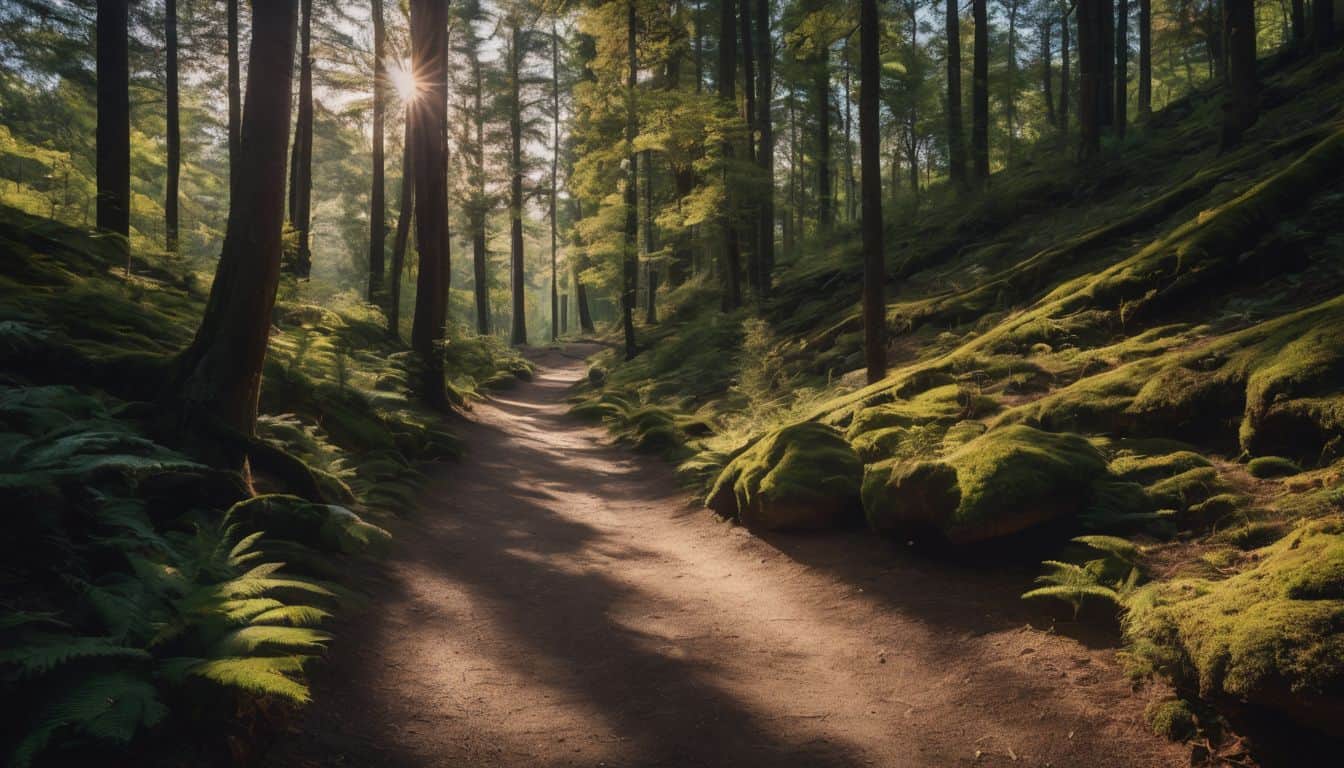
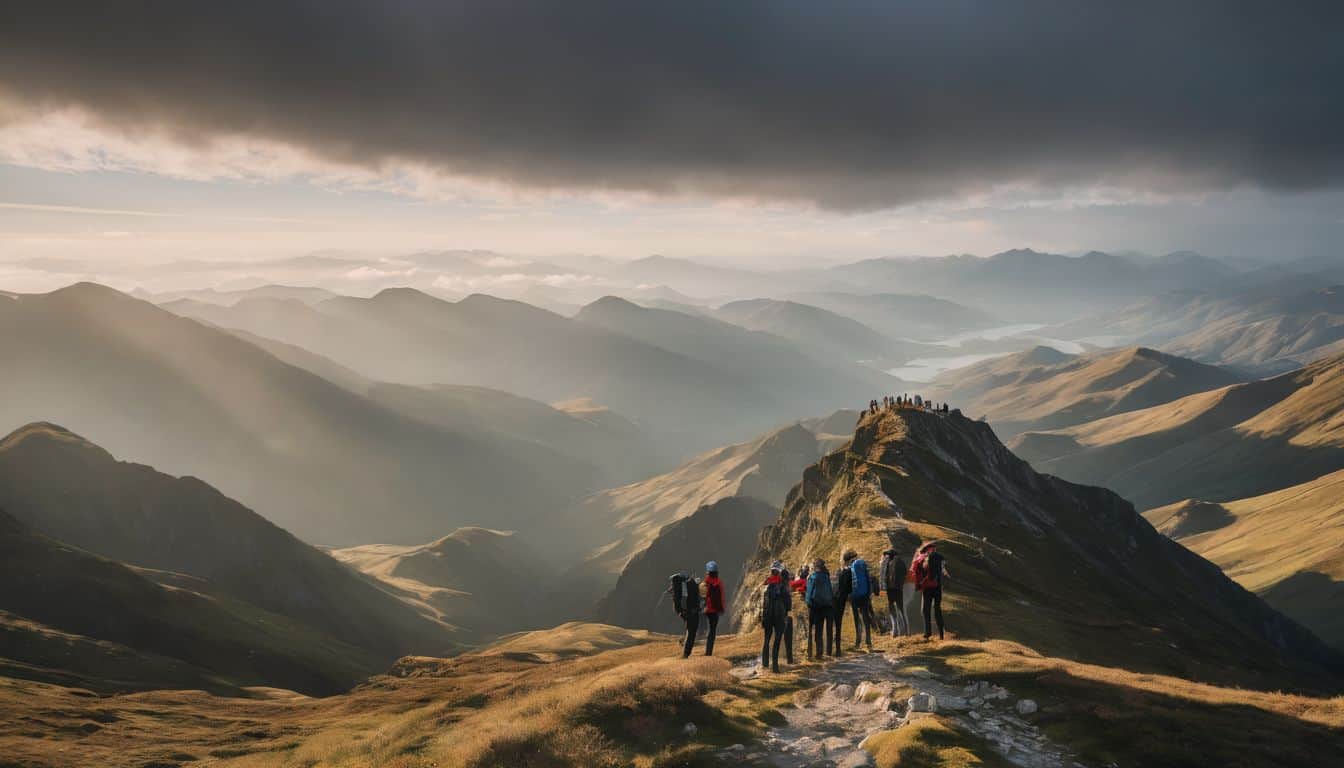
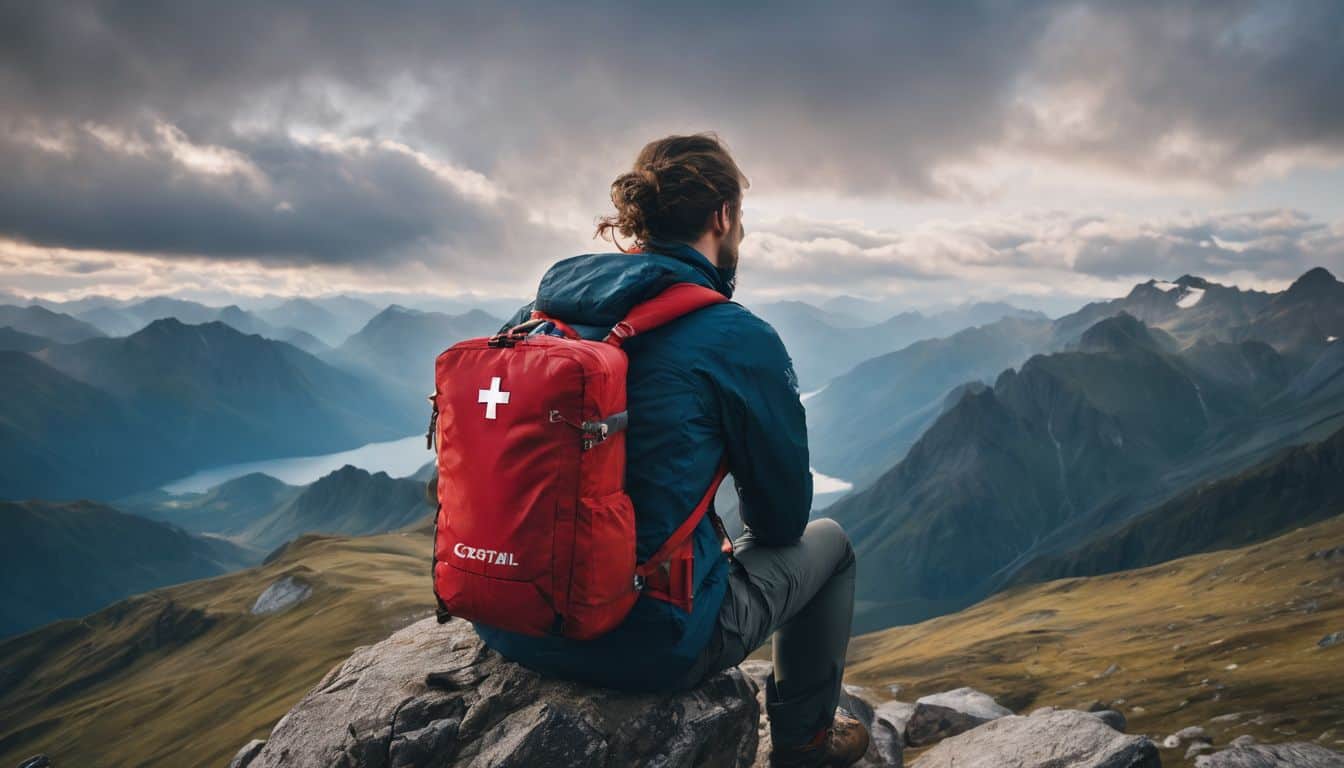
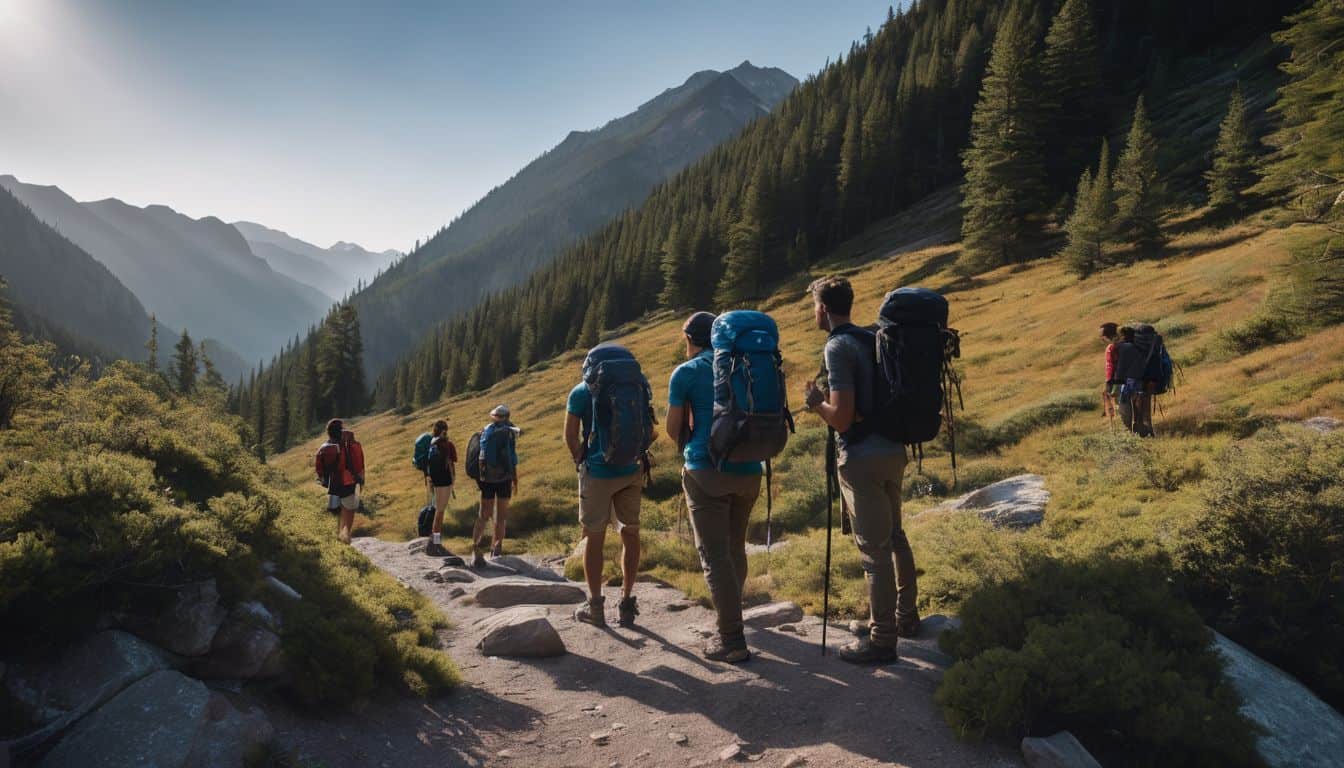
Leave a Reply